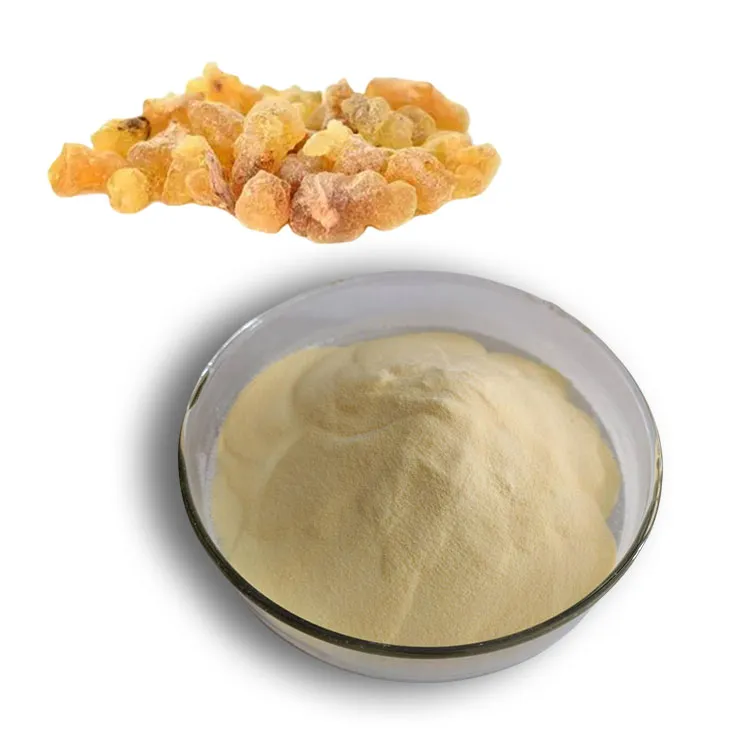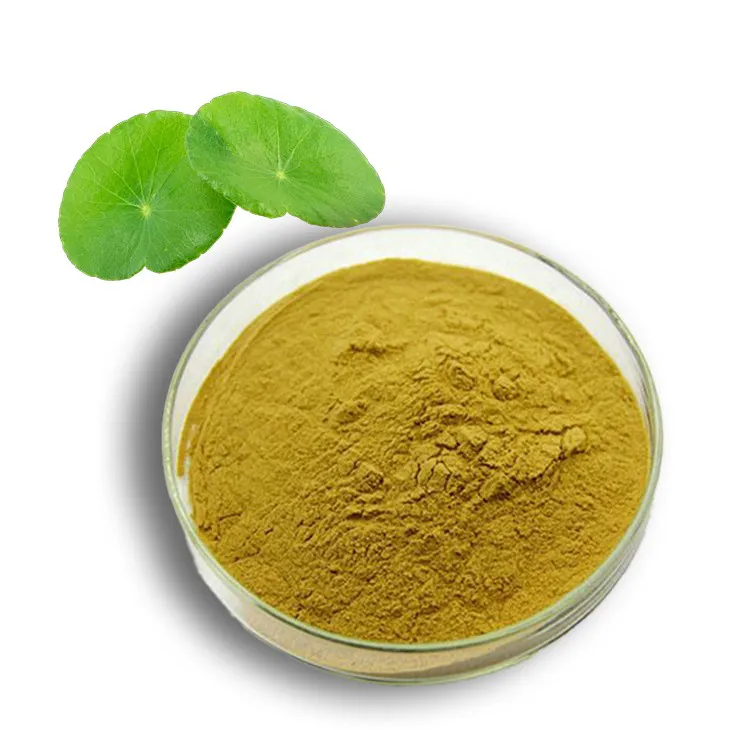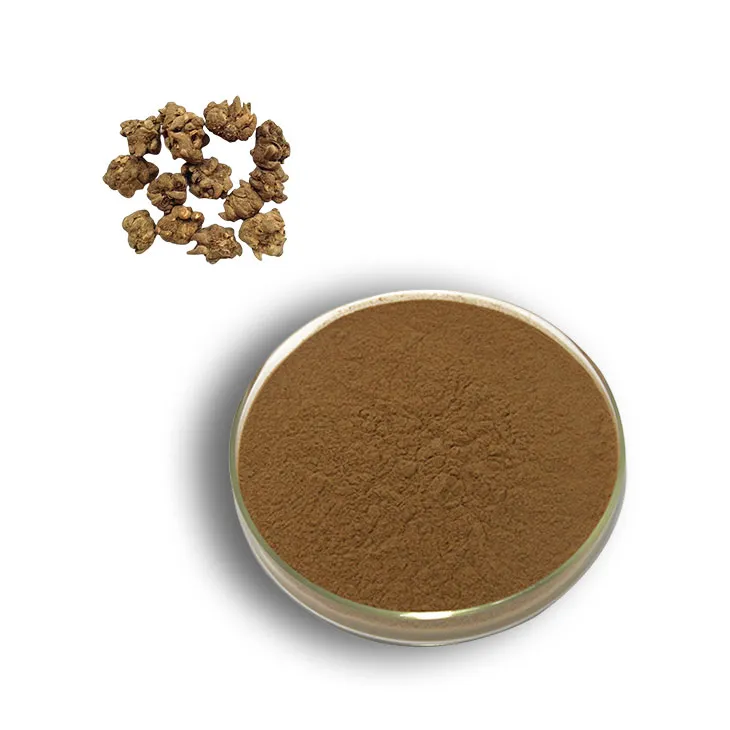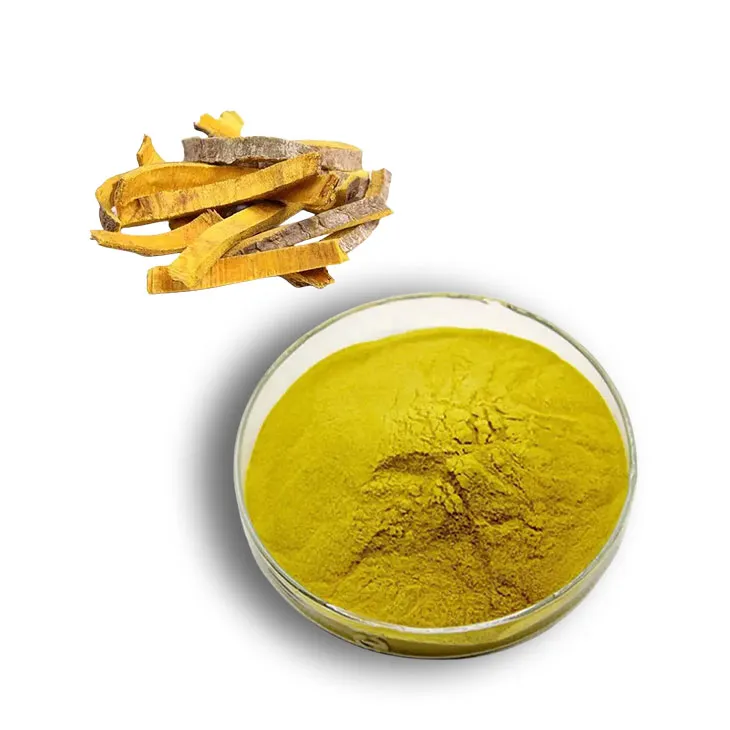- 0086-571-85302990
- sales@greenskybio.com
What is the function of the aminolevulinic acid synthase?
2025-09-27

Aminolevulinic acid synthase (ALAS) serves as a pivotal enzyme within the biochemical pathway of heme biosynthesis, facilitating essential cellular functions across diverse biological systems. As the initial catalyst in the formation of Aminolevulinic acid (ALA), its role and regulatory mechanisms are foundational yet complex, impacting several physiological processes. This article delves into the function, regulation, significance, and clinical relevance of ALAS, elucidating its integral contributions to health and disease.
Understanding Aminolevulinic acid Synthase
ALAS is an enzyme responsible for the conversion of glycine and succinyl-CoA into aminolevulinic acid, marking the first committed step in the biosynthesis of heme. Heme is a vital component of hemoglobin, cytochromes, and various other hemoproteins facilitating oxygen transport, electron transfer, and catalytic oxidations.
Located in the mitochondrial matrix, ALAS catalyzes this reaction through pyridoxal phosphate (PLP)-dependent activity, leveraging this cofactor derived from vitamin B6 to drive substrate transformation. There are two primary isoforms of ALAS in vertebrates, each regulated for specific physiological needs: ALAS1, expressed ubiquitously, and ALAS2, erythroid-specific linked to red blood cell production.
Function and Mechanism
The enzymatic function of ALAS is crucial as it initiates the heme biosynthetic pathway:
Catalysis of the First Step: ALAS catalyzes the condensation of glycine and succinyl-CoA into ALA. The formation of ALA subsequently propels the pathway towards the production of porphobilinogen, ultimately leading to heme synthesis.
Regulatory Role in Heme Biosynthesis: Serving as the gatekeeper, ALAS controls the supply of ALA, thus regulating heme abundance to match cellular and systemic requirements. High-fidelity control mechanisms ensure adequate heme levels, as excessive accumulation or deficiency can be detrimental.
Isoform Specificity and Function:
ALAS1: This isoform functions in the liver and other tissues, adjusting heme biosynthesis in response to overall metabolic demand. It plays a decisive role in the synthesis of cytochromes needed for oxidative metabolism and drug detoxification.
ALAS2: Erythroid ALAS2 is vital during erythropoiesis, closely linked to red blood cell maturation. Its expression is tightly regulated by iron availability, linking heme production to iron homeostasis crucial for hematopoiesis.
Regulation of ALAS
The activity of ALAS is finely tuned through transcriptional, translational, and post-translational mechanisms:
Transcriptional Regulation: ALAS1 expression is influenced by metabolic cues such as glucose availability, cellular energy status, and hormonal signals. ALAS2, however, is regulated by erythroid-specific transcription factors and iron-regulatory proteins that respond to systemic iron levels.
Feedback Inhibition: End-product regulation enables heme to inhibit ALAS1 activity directly, ensuring balanced production relative to cellular demand. Heme binding at specific sites disrupts enzyme activity, exemplifying feedback inhibition within a metabolic pathway.
Iron-Responsive Elements: ALAS2 translation is contingent upon the availability of iron—regulators known as iron-responsive elements (IREs) situated in the mRNA untranslated region modulate its synthesis, underscoring the coupling between iron status and erythropoiesis.
Significance in Health and Disease
The functional integrity of ALAS is crucial for normal physiological processes and aberrations can result in pathologies:
Porphyrias: These are a group of disorders arising from enzymatic defects within the heme biosynthetic pathway. Mutations affecting ALAS2 lead to X-linked sideroblastic anemia, characterized by ineffective erythropoiesis and iron accumulation, suggesting ALAS' essential role in red blood cell formation.
Anemia and Iron Dysregulation: The link between ALAS2 functionality and iron availability highlights its role in certain anemia types, where impaired gene translation leads to deficient heme production and hindered oxygen transport capability.
Physiological Adaptations: Given its role in cytochrome synthesis, ALAS supports various physiological adaptations like enhanced metabolic activity, detoxification processes, and modulated oxidative stress responses.
Clinical Relevance and Research Frontiers
Modern research continues to explore ALAS with implications for clinical intervention:
Therapeutic Targets: Insights into ALAS regulation present opportunities for developing interventions targeting metabolic dysregulation, anemia, or iron-overload conditions. Genetic and pharmacological modulations are under exploration for treating sideroblastic anemia, offering avenues to mitigate disease impacts.
Drug Development and Screening: ALAS activity is fundamental in designing novel drugs or screening compounds influencing heme synthesis, specifically concerning disorders derived from porphyrin accumulation.
Biotechnological Advances: Understanding ALAS' structure-function relationship aids bioengineering approaches focused on enhancing microbial biosynthesis for industrial heme applications.
Conclusion
The function of aminolevulinic acid synthase is indispensable for heme biosynthesis, orchestrating a critical balance in cellular processes ranging from oxygen transport to detoxification and metabolic energy management. Its nuanced regulation and isoform-specific functions underline the enzyme's complexity and importance. As scientific exploration into ALAS continues, its role as a therapeutic target and a subject of biochemical innovation offers promising potential for advancing healthcare, demonstrating the profound impact of understanding fundamental enzymatic processes.
- ▶ Hesperidin
- ▶ Citrus Bioflavonoids
- ▶ Plant Extract
- ▶ lycopene
- ▶ Diosmin
- ▶ Grape seed extract
- ▶ Sea buckthorn Juice Powder
- ▶ Fruit Juice Powder
- ▶ Hops Extract
- ▶ Artichoke Extract
- ▶ Mushroom extract
- ▶ Astaxanthin
- ▶ Green Tea Extract
- ▶ Curcumin
- ▶ Horse Chestnut Extract
- ▶ Other Product
- ▶ Boswellia Serrata Extract
- ▶ Resveratrol
- ▶ Marigold Extract
- ▶ Grape Leaf Extract
- ▶ New Product
- ▶ Aminolevulinic acid
- ▶ Cranberry Extract
- ▶ Red Yeast Rice
- ▶ Red Wine Extract
-
Andrographis Paniculata Extract Powder
2025-09-27
-
Boswellia Serrata Extract
2025-09-27
-
Tormentil Extract
2025-09-27
-
Okra Extract
2025-09-27
-
Nutmeg Extract
2025-09-27
-
Centella Asiatica Extract
2025-09-27
-
Sea buckthorn oil
2025-09-27
-
Cat Claw Extract
2025-09-27
-
Dan Shen Root Extract/Salvia Root Extract
2025-09-27
-
Phellodendron Extract
2025-09-27





















